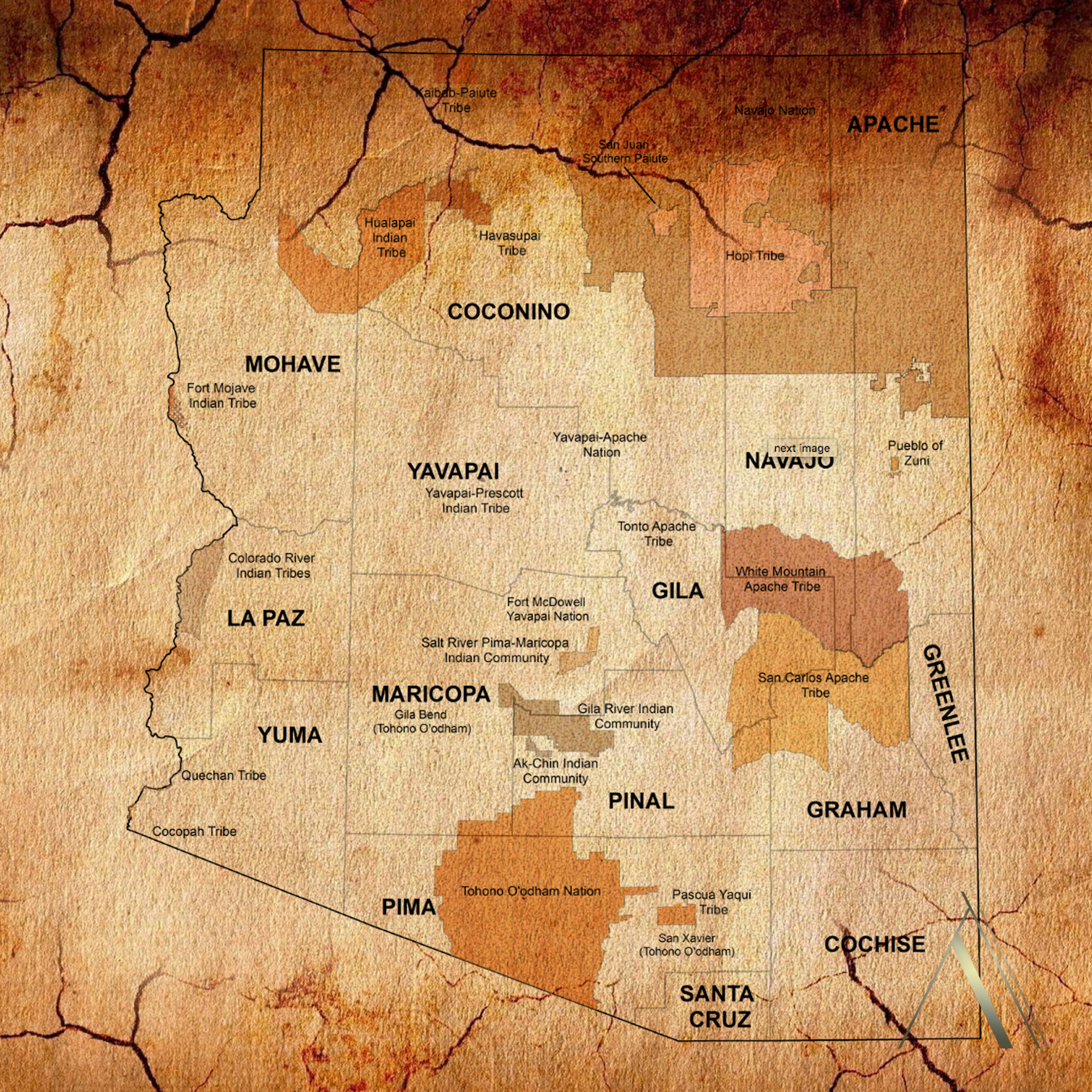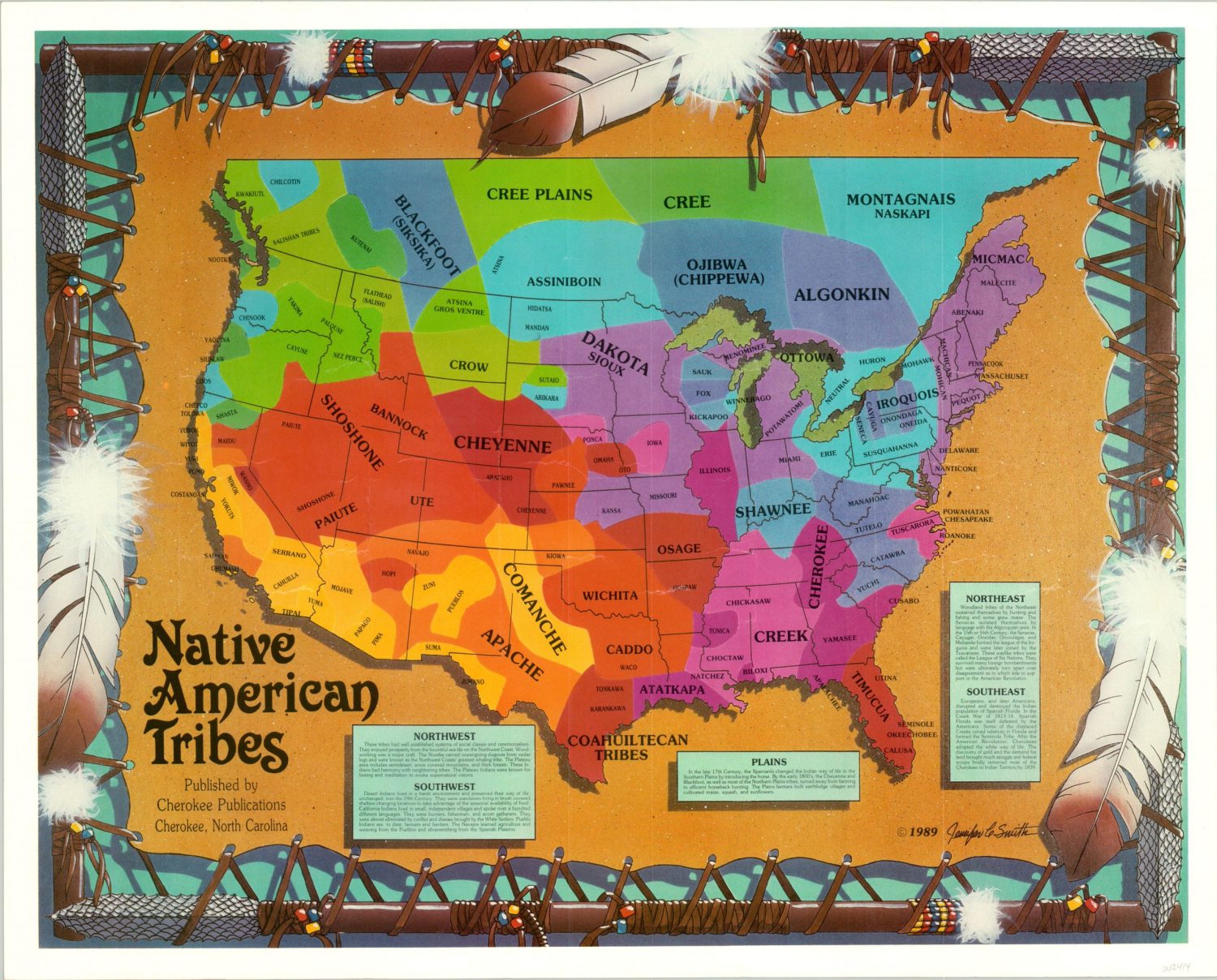Arizona’s Indigenous Tapestry: A Look at the State’s Diverse Tribes
Arizona’s Indigenous Tapestry: A Look at the State’s Diverse Tribes

Arizona is a land of breathtaking landscapes, scorching deserts, and rich history. But beyond the majestic red rocks and vibrant sunsets, lies a vibrant cultural tapestry woven by the state’s twenty-two federally recognized tribes. These communities, with their unique languages, traditions, and stories, have called this land home for centuries, shaping the very soul of Arizona.
A Legacy of Resilience
Related Articles: Arizona’s Indigenous Tapestry: A Look at the State’s Diverse Tribes
- Unveiling the Indian Reservations Map 2023: Discoveries and Insights Await
- San Diego’s Hidden History: How Many Reservations Call This County Home?
- Indian Reservation Cigarettes Near Me PriceTitle
- Unveiling the Heritage of the Kalamazoo Indian Tribe: A Journey of Discovery
- Uncover Hidden Gems: Discover Indian Reservations Near Trinidad, Colorado
From the ancient cliff dwellings of the Anasazi to the bustling urban centers of today, Arizona’s tribes have faced countless challenges. They’ve weathered colonization, endured forced assimilation, and fought for their rights to maintain their cultural identity. Yet, despite these hardships, their spirit remains strong, their traditions alive, and their voices increasingly heard.
A Diverse Landscape of Cultures
Arizona’s tribes represent a fascinating mosaic of cultural diversity. Each tribe possesses its own distinct language, art, dance, and spiritual beliefs. Let’s delve into some of these remarkable communities:
-
The Navajo Nation: The largest Native American reservation in the United States, the Navajo Nation is renowned for its stunning landscapes, its intricate sand paintings, and its rich oral traditions. The Navajo people are known for their resilience, their strong sense of community, and their vibrant arts and crafts.

The Hopi Tribe: Located in northeastern Arizona, the Hopi people are known for their distinctive kachina dolls, their elaborate ceremonies, and their steadfast commitment to their traditional way of life. The Hopi mesas, with their ancient villages and stunning views, offer a glimpse into a world untouched by time.
-
The Yavapai-Apache Nation: This tribe, encompassing several distinct groups, has a rich history in central Arizona. The Yavapai people are known for their intricate basket weaving, while the Apache are renowned for their horsemanship and their fierce independence.
-
The Tohono O’odham Nation: Spanning a vast swathe of the Sonoran Desert, the Tohono O’odham people have adapted to the harsh environment, developing a deep understanding of desert survival and a unique agricultural system. Their intricate beadwork and their strong connection to the natural world are testaments to their resilience.
-
The Gila River Indian Community: Located in the heart of Arizona, the Gila River Indian Community is a diverse group of tribes, including the Pima and Maricopa people. They are known for their skilled farmers, their beautiful pottery, and their strong community spirit.


Preserving Heritage and Building a Future
Arizona’s tribes are not just a part of the past; they are an integral part of the state’s present and future. They are actively working to preserve their cultural heritage, educate future generations, and advocate for their rights.
-
Education and Cultural Preservation: Many tribes are investing in education, establishing schools and museums to teach their languages, traditions, and history. They are also working to revitalize their languages, which are often endangered, by developing language immersion programs and promoting the use of their native tongues in daily life.
-
Economic Development: Tribes are also focusing on economic development, creating jobs and opportunities for their members. They are developing casinos, resorts, and other businesses on their reservations, generating revenue and providing economic independence.
-
Environmental Stewardship: Many tribes are committed to environmental stewardship, protecting their ancestral lands and promoting sustainable practices. They are working to conserve water resources, protect endangered species, and preserve the natural beauty of their homelands.
A Call for Understanding and Appreciation
It’s important to recognize and respect the unique cultures and contributions of Arizona’s tribes. By understanding their history, their struggles, and their triumphs, we can foster a deeper appreciation for their heritage and their role in shaping the state’s identity.
Here are some ways to support Arizona’s tribes:
-
Visit their reservations and museums: Immerse yourself in their culture by visiting their museums, art galleries, and cultural centers.
-
Purchase their art and crafts: Support their economies and their artistic traditions by purchasing their beautiful beadwork, pottery, baskets, and other crafts.
-
Learn about their history and traditions: Read books, watch documentaries, and attend cultural events to learn more about their rich history and unique traditions.
-
Support their advocacy efforts: Stay informed about their issues and advocate for their rights to self-determination, cultural preservation, and economic development.
Arizona’s tribes are not just a historical footnote; they are a living, breathing part of the state’s fabric. Their resilience, their culture, and their contributions are a source of inspiration and a testament to the enduring power of human spirit.
FAQ About Arizona Indian Tribes
Q: How many federally recognized tribes are there in Arizona?
A: There are twenty-two federally recognized tribes in Arizona.
Q: What is the largest Native American reservation in the United States?
A: The Navajo Nation is the largest Native American reservation in the United States.
Q: What are some of the traditional arts and crafts of Arizona’s tribes?
A: Arizona’s tribes are known for their diverse arts and crafts, including beadwork, pottery, baskets, sand paintings, and kachina dolls.
Q: How can I learn more about Arizona’s tribes?
A: You can learn more about Arizona’s tribes by visiting their reservations and museums, reading books and articles, watching documentaries, and attending cultural events.
Q: How can I support Arizona’s tribes?
A: You can support Arizona’s tribes by purchasing their art and crafts, learning about their history and traditions, and advocating for their rights.
Q: What are some of the challenges facing Arizona’s tribes?
A: Arizona’s tribes face a number of challenges, including poverty, unemployment, lack of access to healthcare, and the loss of their languages and traditions.
Q: What is the future of Arizona’s tribes?
A: The future of Arizona’s tribes is bright. They are working hard to preserve their cultures, educate their youth, and advocate for their rights. They are also developing their economies and creating opportunities for their members.
In conclusion, Arizona’s tribes are a vital part of the state’s identity and a source of inspiration for all. Their rich history, their vibrant cultures, and their resilience are a testament to the enduring spirit of the human race.

Closure
Thus, we hope this article has provided valuable insights into Arizona’s Indigenous Tapestry: A Look at the State’s Diverse Tribes. We hope you find this article informative and beneficial. See you in our next article!